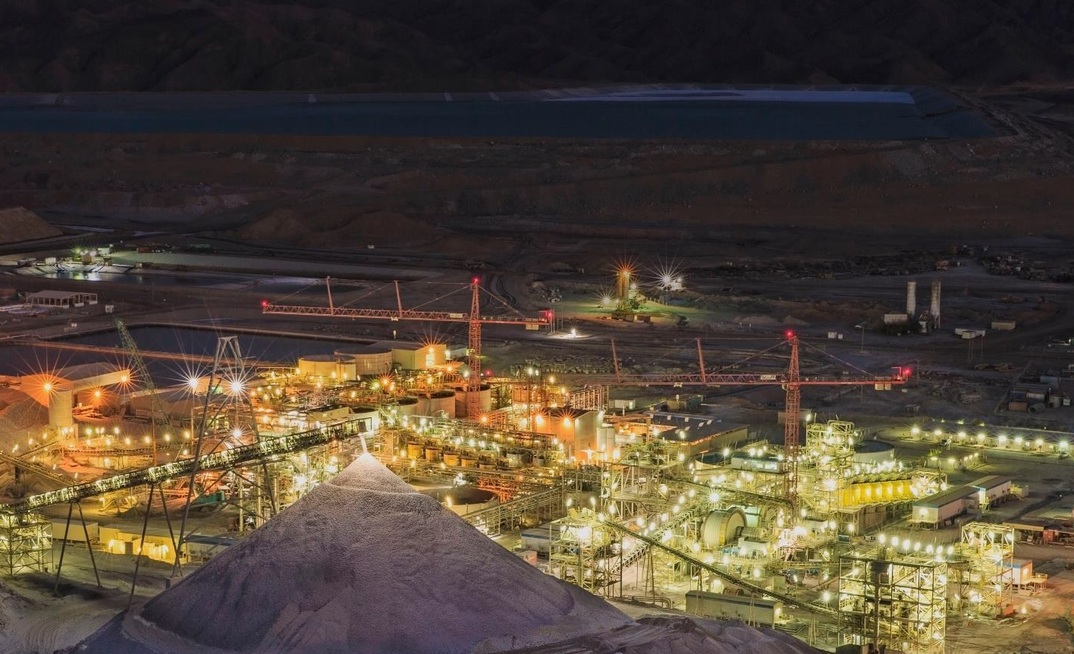While change so far has been limited, digitalisation has the potential to bring about "a new step change in mineral processing, allowing a plant to be operated with artificial intelligence that continually controls and optimises the operation", a report out of the London office of RFC Ambrian suggests.
The report notes major mineral processing breakthroughs, flotation and solvent extraction, were made a century and 50 years ago, respectively. While established equipment manufacturers and IT suppliers are generally investing in product evolution aimed at lifting efficiency and recoveries, and reducing plant size, mining's increasing challenges with mineral deposit depth and lower grades, and pressure to significantly improve energy and water use, could spark faster change and potentially bring new players into the supply landscape.
"Optimisation of the existing assets and process is now key to driving productivity further in this industry," RFC Ambrian says.
"With digital tools, the plants will be able to make most of the assets they already have in place.
"Examples of step changes through implementation of digitalisation are so far limited and the primary use for AI in mineral processing plants at present is to detect anomalies."
RFC Ambrian suggests the next major technology step in mineral processing involves building digital twin replicas of processing plants as fully dynamic models and applying artificial intelligence to control an operation fully autonomously, "but this is still at the prototype phase".
"The AI system would initially learn how to process the minerals over an extended period of time, gathering and processing data and improving the algorithms. Once developed, the AI system would then be integrated into real-time operation and would operate the plant in an advisory mode where it would make recommendations to the plant operators.
"Once fully tested, the AI system would then be able to run the plant fully autonomously. The plant would run at its best operating point, with more consistent production and fewer safety or environmental risks and with more immediate response to any change in ore properties or process parameters.
"The AI would optimise the different parts of the operation to increase the efficiency, recovery and profitability of the process. It might also predictively maintain the equipment based on actual and forecasted component wear."
Mineral processing plants remain the biggest water users at mine sites and minimising water loss through tailings management is a major focus of mining companies and suppliers.
"Mining companies are now developing methodologies to reduce water usage within the process, design ways to keep process material as dry as possible for as long as possible in the flowsheet and are evaluating methods for tailings storage that can use less water and preserve the water that is already embedded in the process. This is driven not only by regulatory and environmental considerations, but also by water availability and cost factors," RFC Ambrian says.
"In standard mining operations, mineral tailings are thickened in a process that uses large volumes of water. Mining companies are able to extract some of this water for reuse, but much is lost through evaporation."
Not surprisingly, gold companies such as Barrick Gold, Newmont Goldcorp, Kinross Gold and others are leading the charge to change the water equation, with an industry calculation that it can take more than 700 cubic metres of water to produce a tonne of gold.
But diversified mining major Anglo American is also advancing its waterless mine concept through investment in dry waste disposal and evaporation measurement and mitigation. And in Brazil, where Vale has been ordered by the national government to decommission all upstream tailings dams by August 2021 after the deadly Brumadinho tailings dam disaster, the company is spending US$390 million on dry stacking systems to cut its reliance on tailings dams.
"Vale will rely on dry processing for 70% of its production by 2023, compared with 40% in 2014 and 60% in 2018," RFC Ambrian says.
"Metso, a leading industrial company, suggests that only some 5% of tailings generated [globally] in 2018 were dewatered into thickened paste, or dry tailings, but expects that to increase to some 13% by 2025."

























